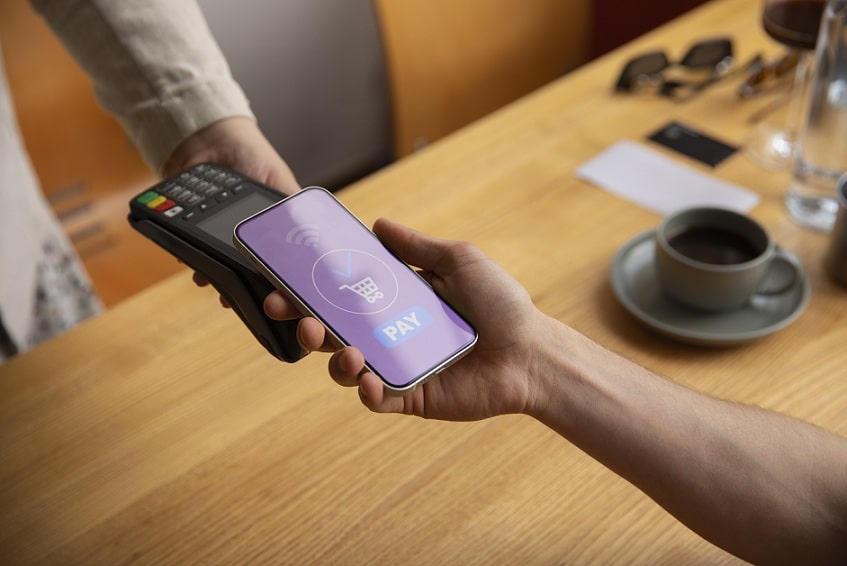In 2025, the world of online business continues to evolve at lightning speed. Customers no longer settle for just one or two payment options—they expect flexibility, speed, and security. That’s why exploring Alternative Payment Methods is no longer optional. It’s a strategic move toward building trust, improving conversions, and future-proofing your e-commerce platform.
At its core, adapting to diverse payment methods is about more than customer convenience—it’s about fostering a more sustainable business architecture. When businesses embrace innovation, especially in payment systems, they position themselves for long-term resilience and global growth.
Table of Contents
Why Alternative Payment Methods Matter More Than Ever
Consumers today are tech-savvy, cautious, and demand seamless transactions. If your business can’t meet those needs, you risk abandoned carts and lost revenue. Alternative payment methods open the door to broader markets and offer greater financial inclusion, especially for customers who are underbanked or prefer non-traditional payment systems.
Moreover, integrating these new systems shows that your brand is forward-thinking and responsive to user behavior—a major plus in building lasting brand loyalty.
Top Alternative Payment Methods for Online Businesses in 2025
1. Cryptocurrency Payments
Crypto is no longer niche—it’s becoming mainstream. Platforms like Bitcoin, Ethereum, and even stablecoins are gaining traction in e-commerce. They offer fast, secure, and decentralized transactions, giving users control over their funds without relying on traditional banks.
Adopting cryptocurrency can significantly benefit international customers by eliminating conversion fees and banking delays. It also reflects a modern, innovative brand image—especially appealing to Gen Z and Millennial shoppers.
2. Buy Now, Pay Later (BNPL) Services
BNPL options such as Klarna, Afterpay, and Affirm are rapidly reshaping the shopping experience. They empower users to make purchases instantly while spreading payments over time, often without interest.
Online stores integrating BNPL see higher conversion rates, reduced cart abandonment, and increased average order values. It’s a win-win: customers get affordability, and businesses gain customer satisfaction and loyalty.
3. Digital Wallets
Digital wallets like PayPal, Apple Pay, and Google Pay are now household names. These platforms streamline the checkout process, storing customer information securely and enabling lightning-fast purchases.
The convenience of one-click payments cannot be overstated—especially on mobile. By accepting digital wallets, businesses enhance user experience, reduce friction, and increase mobile conversions.
4. Peer-to-Peer (P2P) Payment Platforms
Venmo, Cash App, and Zelle make peer-to-peer transactions effortless. Although often associated with personal transfers, these platforms are making headway in business settings.
Small businesses and freelancers especially benefit from P2P platforms, which allow direct payments with minimal fees. They are fast, flexible, and preferred by younger audiences who often avoid traditional banking systems.
5. Contactless Payments
Contactless payment methods are here to stay. Whether it’s through NFC-enabled cards or mobile wallets, the tap-and-go culture is growing. Especially after the pandemic, customers value hygiene and speed at the point of sale—even for online orders with local pickup or delivery.
Integrating contactless options enhances customer confidence and offers another layer of convenience that modern consumers expect.
Building Toward a Sustainable Business Architecture
Payment flexibility isn’t just about profit—it’s a cornerstone of sustainable business architecture. By offering inclusive, accessible, and adaptive payment solutions, you’re preparing your business to meet future demands responsibly.
A truly sustainable model also considers energy-efficient practices, ethical sourcing, and digital transparency. For example, as part of a broader sustainability initiative, integrating smarter tech like renewable energy solutions alongside alternative payment systems can strengthen your brand’s credibility and reduce operational costs.
If you’re exploring where cryptocurrency fits into this shift, this article on Can Bitcoin Truly Replace Traditional Payment Methods? A 2025 Outlook offers valuable insights into the future role of Bitcoin within a balanced payment strategy.
Final Thoughts: The Future of Online Payments
The e-commerce landscape is dynamic and ever-expanding. Staying ahead means understanding and adopting the alternative payment methods your customers prefer. But it also means aligning these methods with a broader business strategy that values sustainability, innovation, and long-term growth.
Whether you’re a startup or an established brand, diversifying your payment ecosystem is essential for staying competitive in 2025 and beyond.

